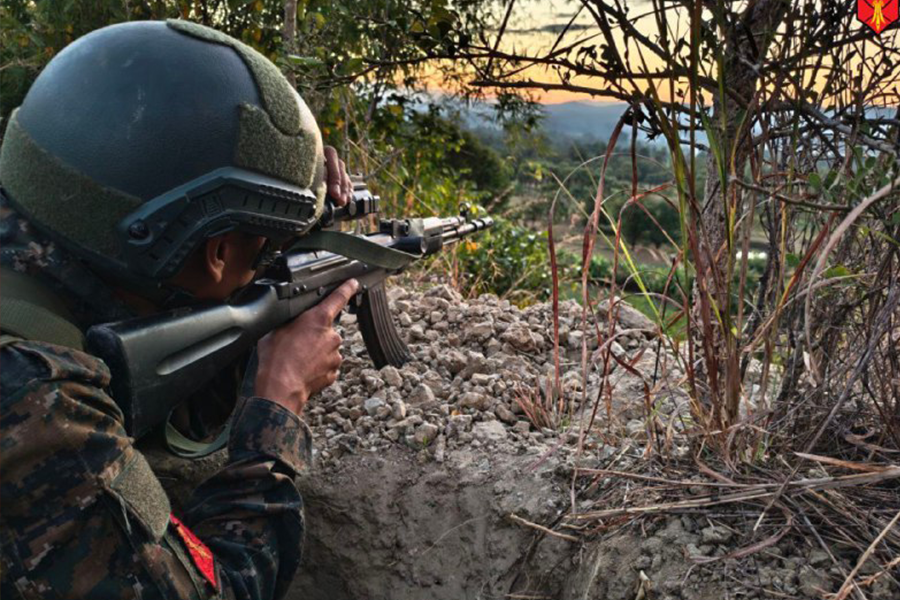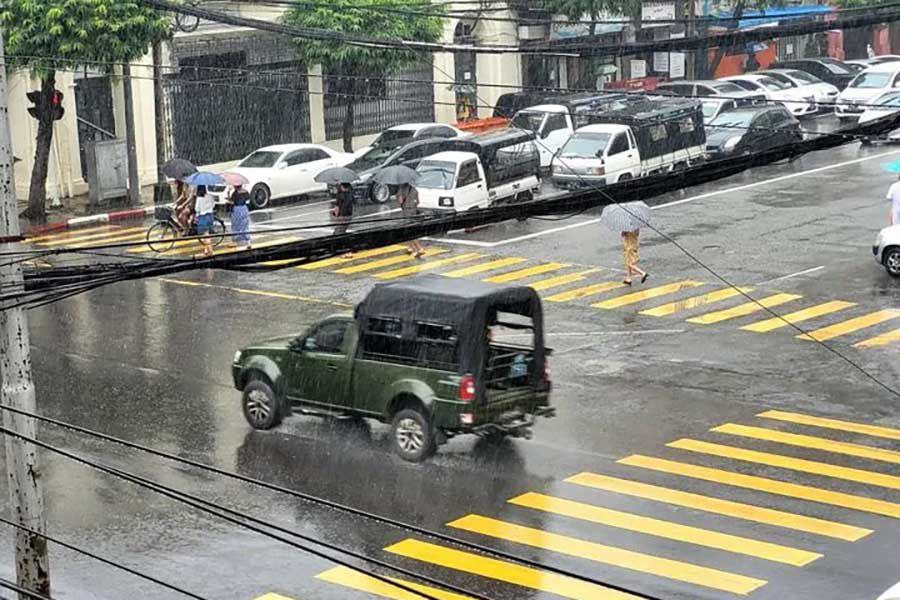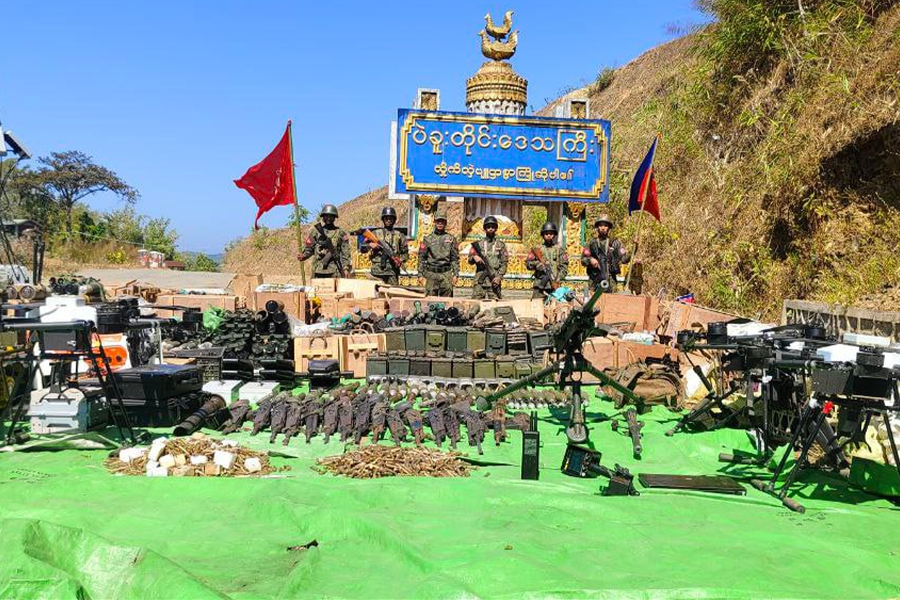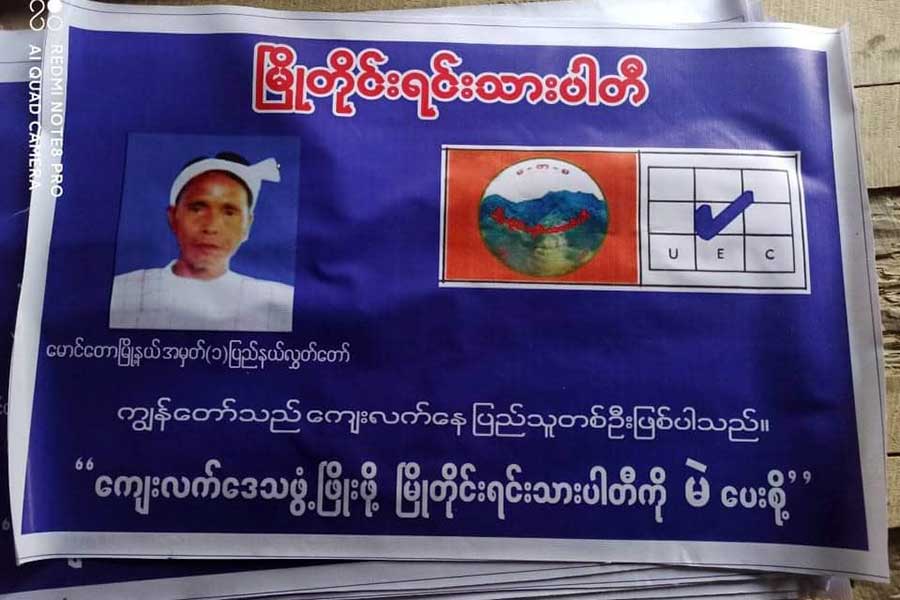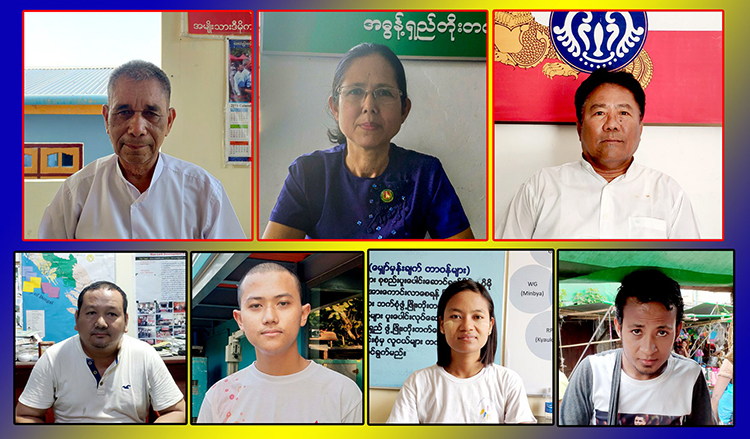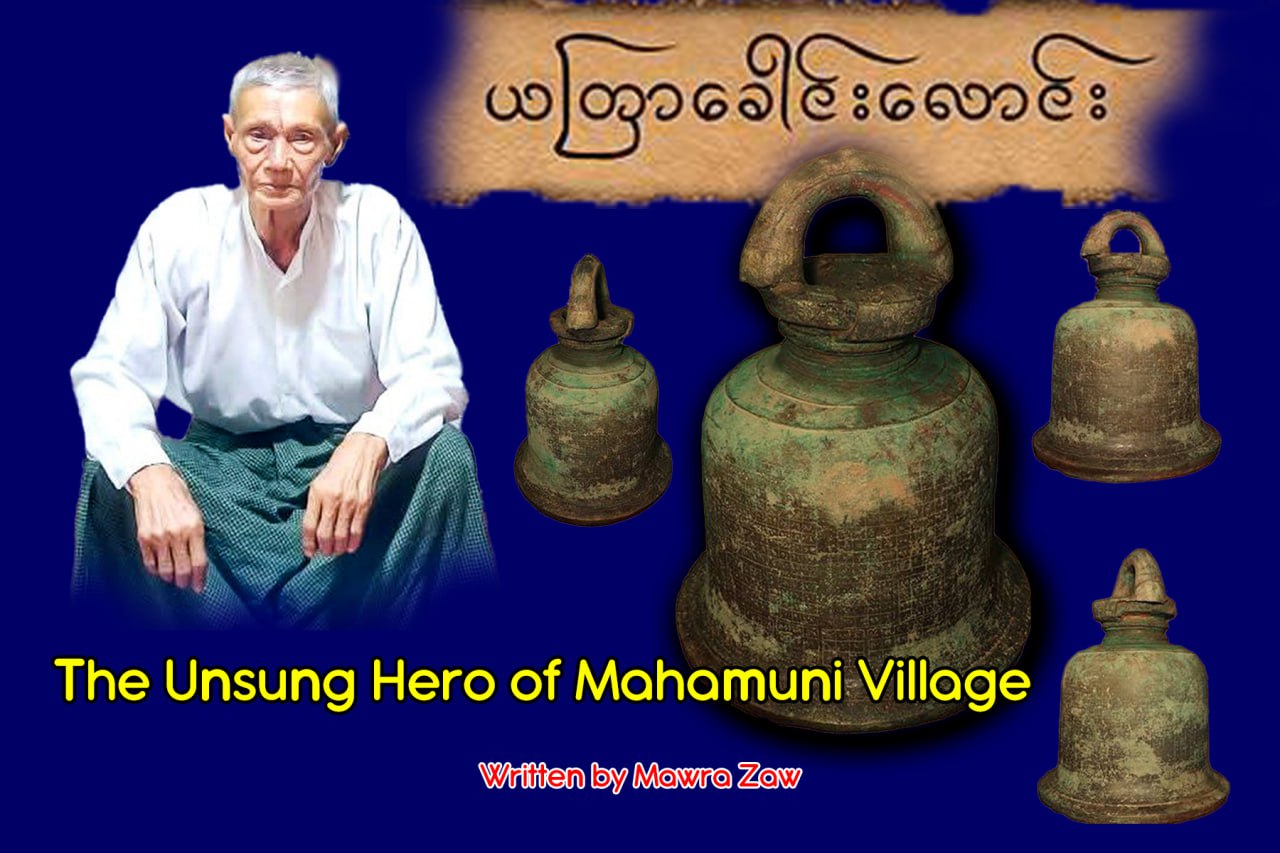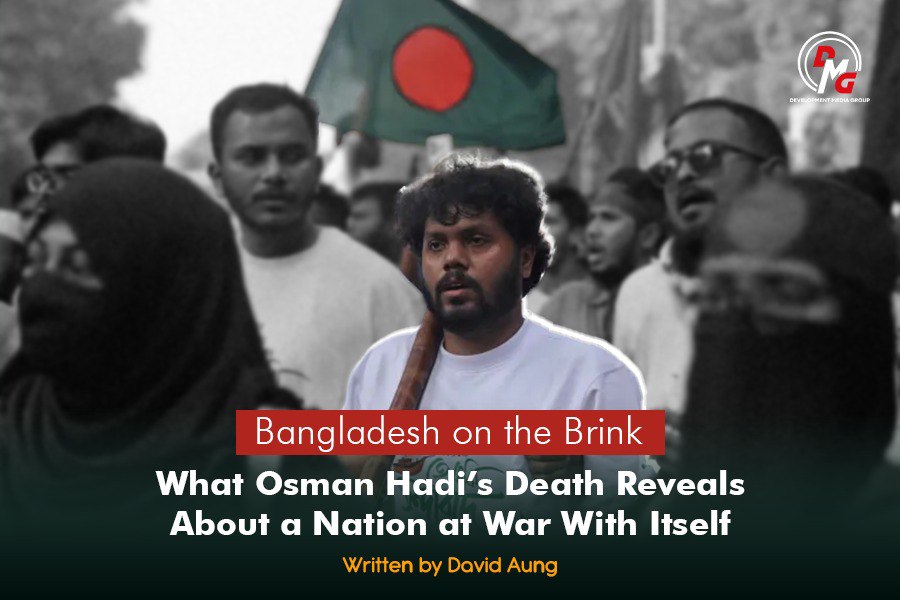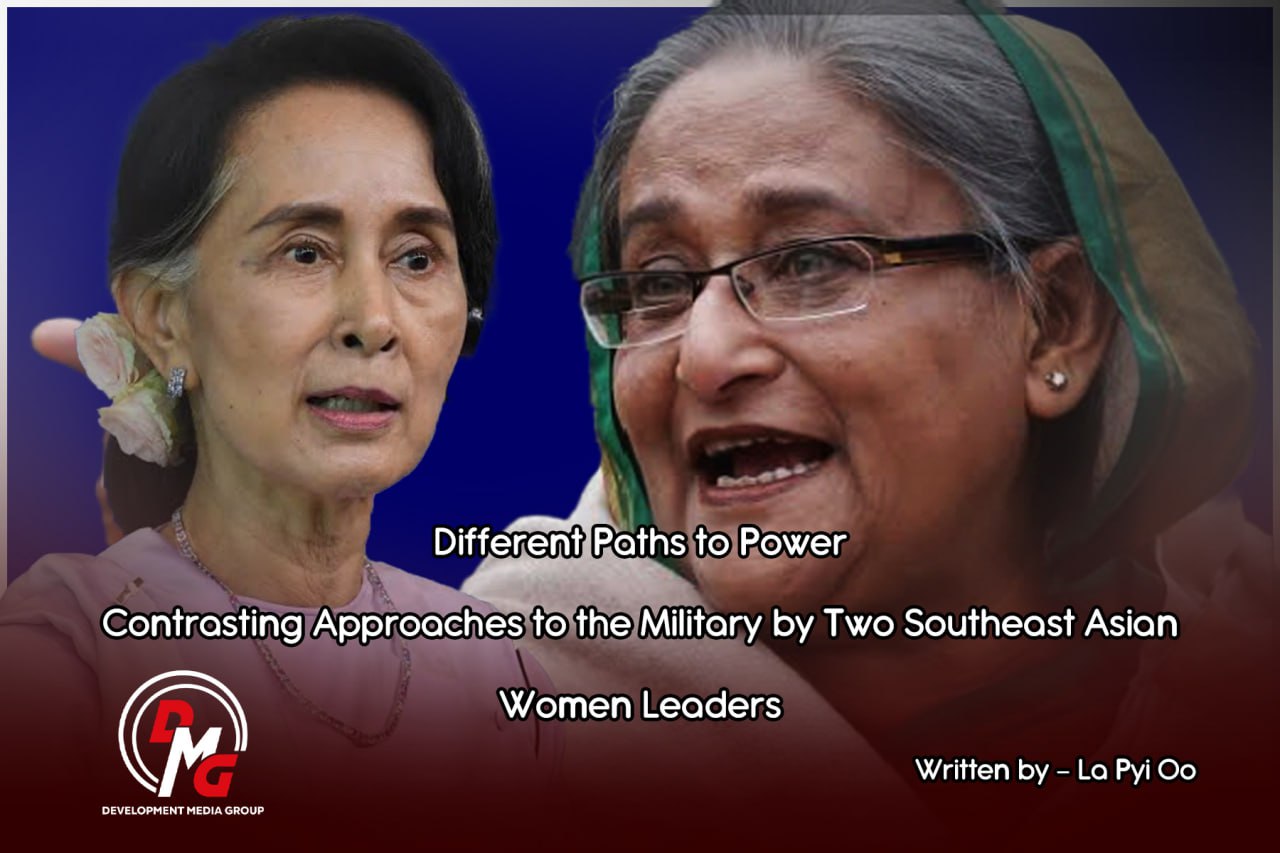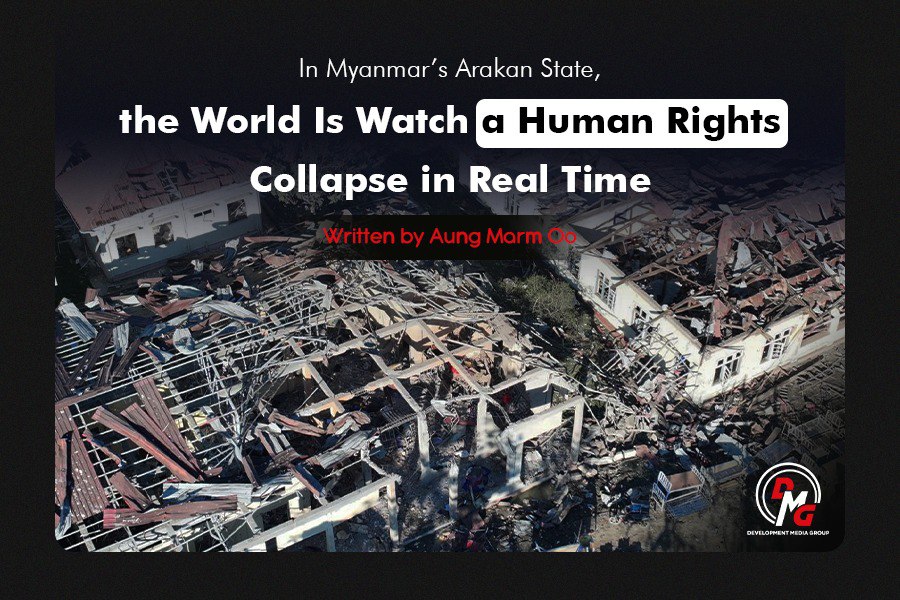- Junta unable to hold elections in dozens of wards and village-tracts in Sittwe, Kyaukphyu
- Fighting escalates between Myanmar military, Arakan Army in Ayeyarwady Region
- Regime steps up civilian arrests in Sittwe
- ULA safeguards Mrauk-U's ancient heritage
- Arakan on the Edge: What the DMG Landmine Impact Report Reveals About Myanmar's Deepening Humanitarian Crisis
Political and military perspectives on the AA's nationwide liberation path
The Arakan Army's (AA) anti-junta struggle, once considered primarily within the context of Arakan national liberation, is now increasingly seen as part of the broader fight for the liberation of the entire country.
27 Sep 2025
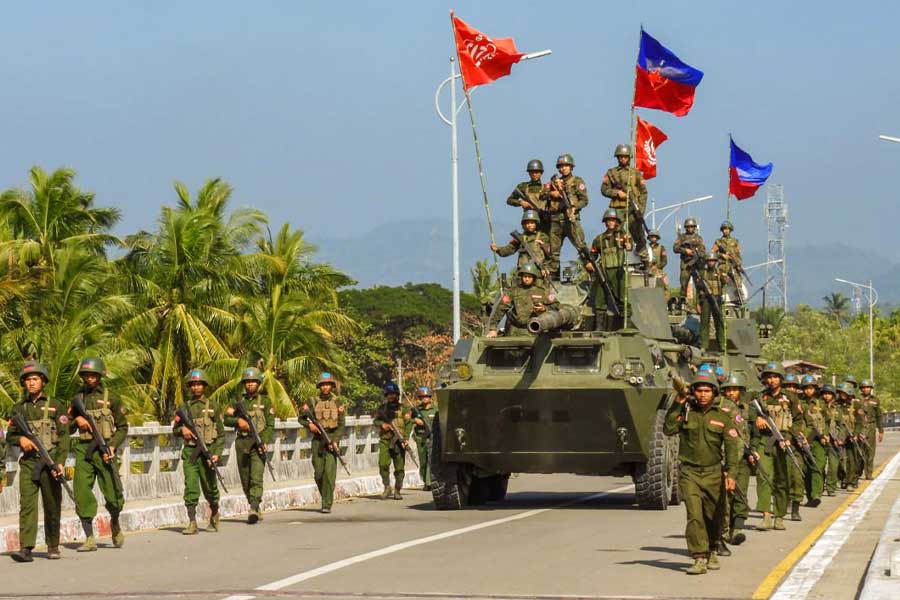
DMG Newsroom
27 September 2025, Yangon
The Arakan Army's (AA) anti-junta struggle, once considered primarily within the context of Arakan national liberation, is now increasingly seen as part of the broader fight for the liberation of the entire country.
Political and military analysts say this shift reflects the evolving realities and necessities of Myanmar's revolution.
AA chief Major General Twan Mrat Naing has said that while the AA was founded on Arakan nationalist ideology, circumstances now demand a wider struggle for the liberation of all ethnic nationalities in Myanmar.
"Of course, we think about Arakan. But in Myanmar, we can't ignore the question of collective liberation. If only large ethnic groups with big armies can claim power, and smaller, weaker peoples are left out, then what future would that create? This needs to be carefully thought through," he told The Irrawaddy in an interview.
He also stressed the need to collectively strategize against the junta's increasing reliance on Chinese-backed projects, which the regime uses as shields for survival.
Observers suggest the AA's expanding role signals a revolutionary strategy aligned with the Union's broader needs: all resistance forces must join together to topple the military dictatorship. Without this, even Arakan's long-cherished dream of a confederation could remain unattainable.
U Myo Kyaw, General Secretary of the Arakan League for Democracy (ALD), echoed this view:
"This is driven by the Union's current necessity. For Arakan, it is no longer about standing alone, but about taking part in the Union as an actor, as an ethnic nationality. That reflects the needs of the people. If military dictatorship remains entrenched in this Union, then even the confederation we have aspired to would not be secure-it would instead invite constant hostility."
He added that with only a few strong, well-organized armed forces in the resistance landscape, many youth-based groups across Myanmar have gravitated toward the AA, strengthening its central role in the revolution.
Military analysts also warn that if Arakan alone were liberated while the rest of the country remained under junta control, the military would concentrate its attacks on Arakan. Hence, the AA's approach of linking Arakan's struggle to a broader nationwide revolution is seen as strategically necessary.
CDM-affiliated Brigadier General Zin Yaw noted: "Arakan is already close to full liberation, with only three townships left. But if only Arakan were liberated and the rest of the country remained unfree, the junta would target Arakan relentlessly. Therefore, Arakan's struggle must be connected to the liberation of the entire country, to ensure the junta cannot entrench itself anywhere."
The AA now administers Paletwa Township in Chin State and 14 Arakan townships, where it has set up functioning judicial and administrative systems.
The junta, meanwhile, retains control over only three Arakan townships-Sittwe, Kyaukphyu, and Manaung-while aggressively preparing for elections.
Beyond Arakan, the AA coordinates operations with local resistance groups in Magway, Bago, and Ayeyarwady regions. It has also built alliances with northern Shan's TNLA and MNDAA, Kachin's KIA, Karenni's KNDF, Karen's KNU, Chin's CDFs, and numerous other revolutionary groups. In some battlefronts, AA fighters are actively deployed nationwide.
Analysts observe that the AA has gained admiration and respect from people across Myanmar, symbolizing a unifying force for nationwide liberation and highlighting the urgent need for stronger, collective offensives against the junta.




